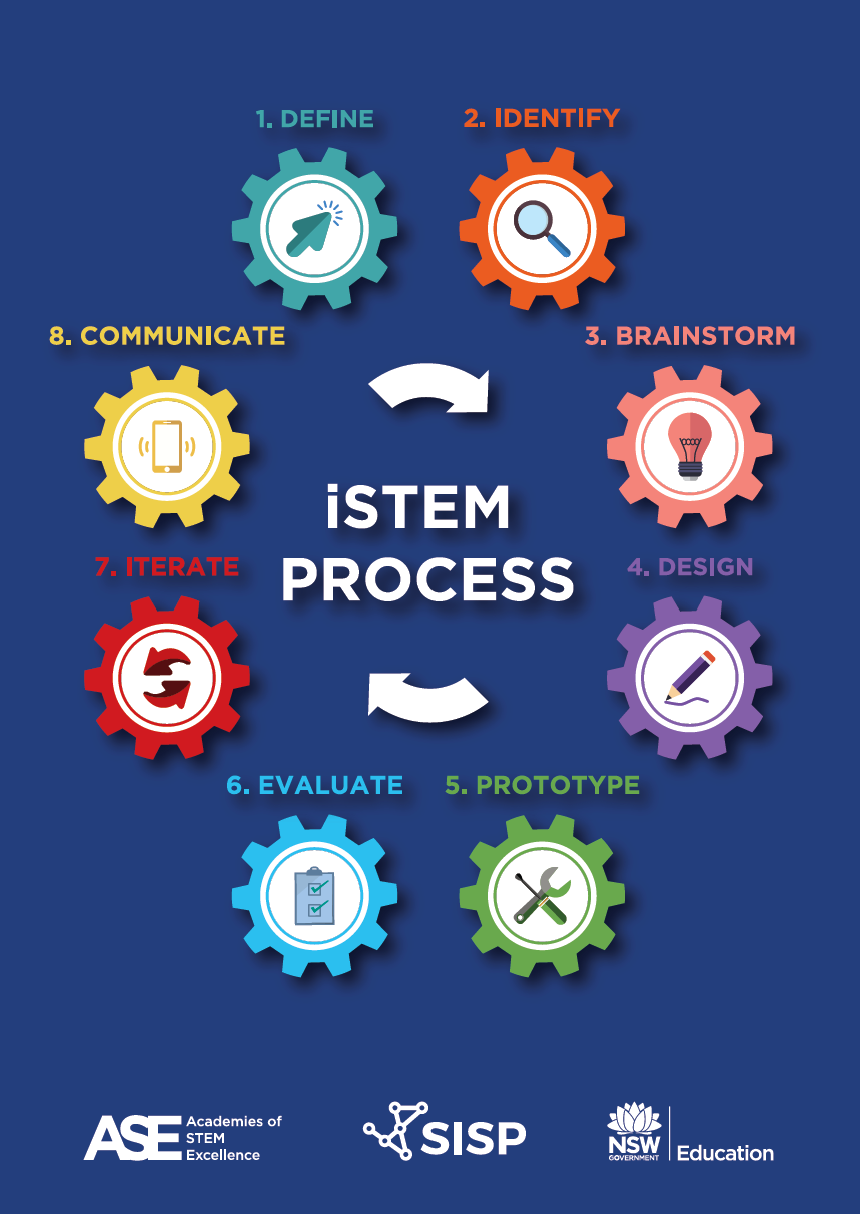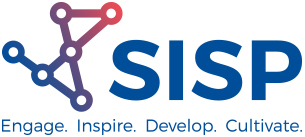Race the Sun – Sample Unit of Work
 The following Unit of Work was developed as a collaboration with the STEM Industry School Partnerships (SISP) program and teachers from the Cessnock Academy of STEM Excellence. It is an 8 week cross-curriculum unit to be delivered one and half to two hours per week. The Unit of Work document is available below.
The following Unit of Work was developed as a collaboration with the STEM Industry School Partnerships (SISP) program and teachers from the Cessnock Academy of STEM Excellence. It is an 8 week cross-curriculum unit to be delivered one and half to two hours per week. The Unit of Work document is available below.
Syllabus focus: Science Technology and Engineering, English, Mathematics, Geography, Creative Arts, History, PDHPE
Summary of Unit
 During the course of this project students will apply science, technology, engineering and mathematics principles within a historical context through a series of learning experiences where students will explore the development of the transportation industry. Students will be required to build a 3D map of Australia to model their proposed national transportation system powered by renewable energies. Students will also have the opportunity to build a prototype of the vehicles that could be used for their proposed solution.
During the course of this project students will apply science, technology, engineering and mathematics principles within a historical context through a series of learning experiences where students will explore the development of the transportation industry. Students will be required to build a 3D map of Australia to model their proposed national transportation system powered by renewable energies. Students will also have the opportunity to build a prototype of the vehicles that could be used for their proposed solution.
At the end of this project students will participate in an in-school Mini Electric Vehicle Qualifier, where successful teams will compete in the Hunter Valley Mini Electric Vehicle competition.
Learning objectives
Students will:
- Observe the development of solar-powered vehicles in Australia and around the world through the film; Race the Sun.
- Explore solar energy by engaging in ‘play with purpose’ to build solar miniature solar-powered vehicles and machines.
- Discuss the place of solar energy in today’s industries with members of our local or wider community.
Downloads
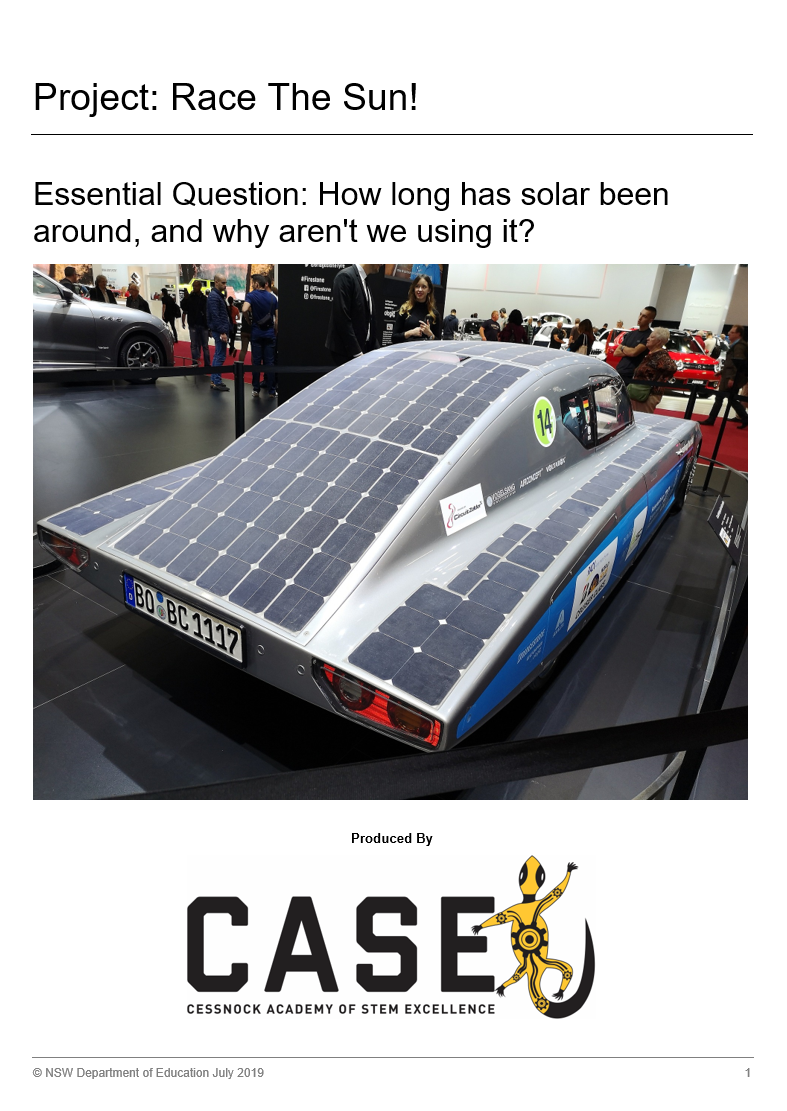
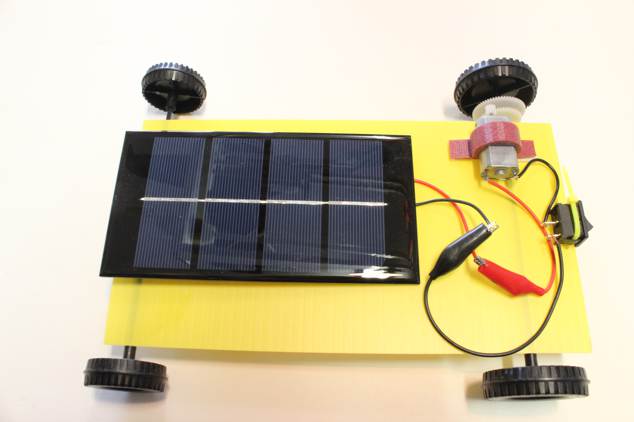
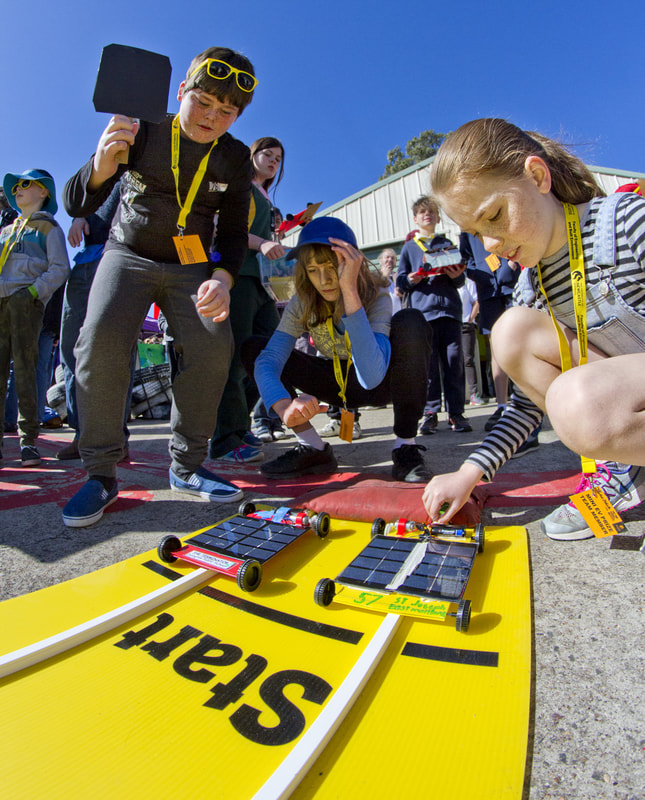
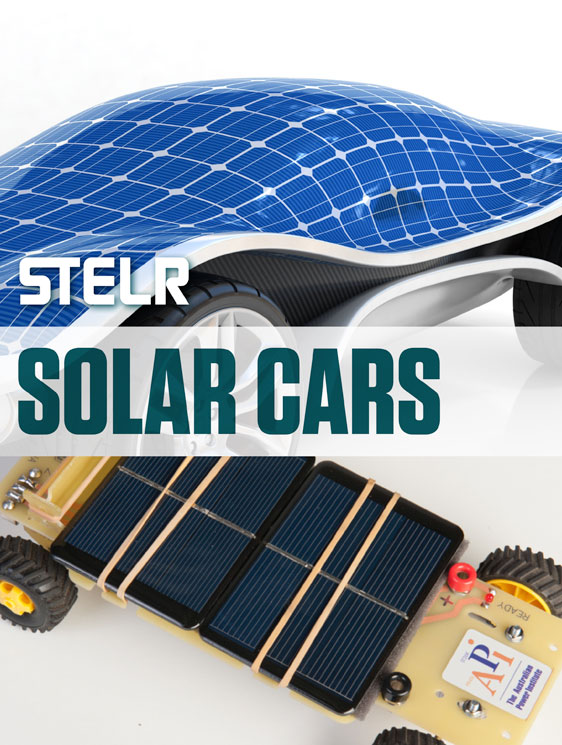
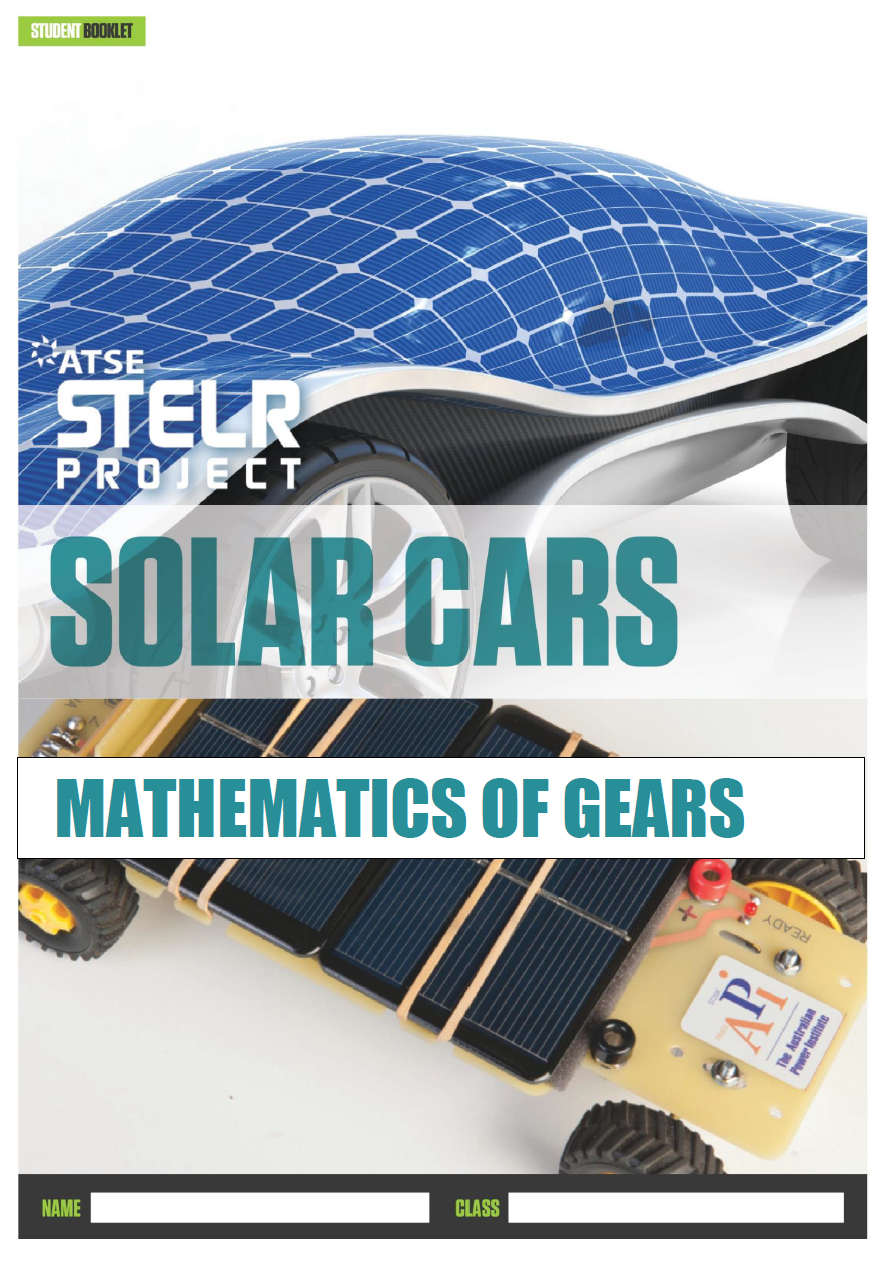
Videos
Links
